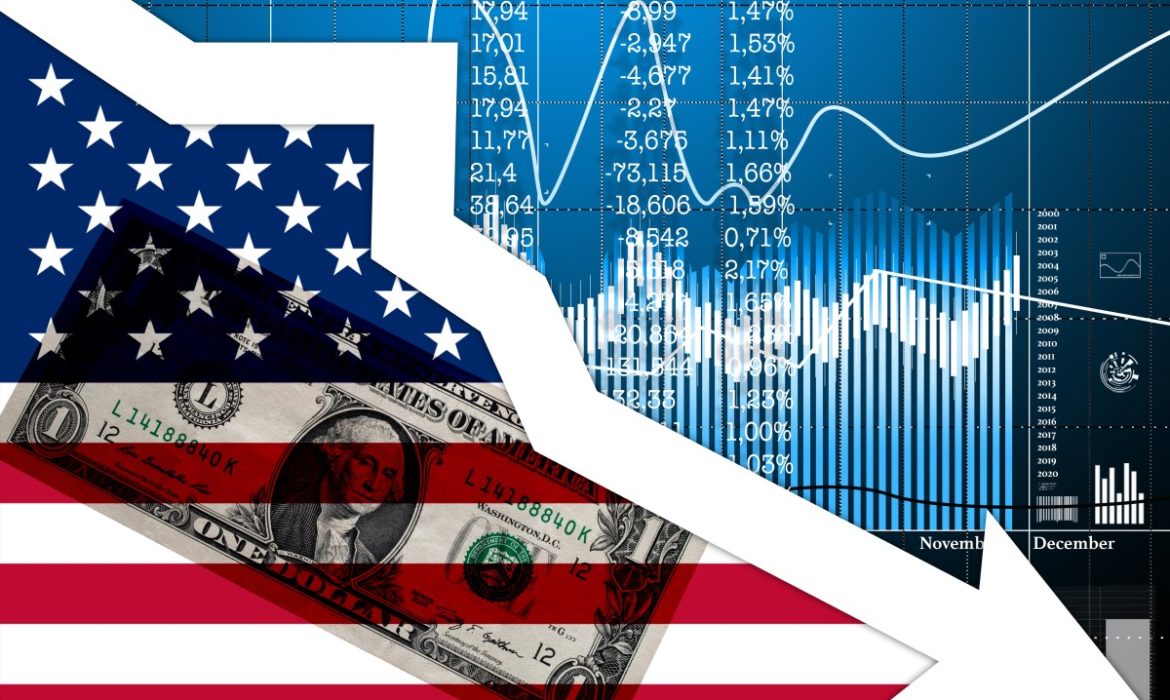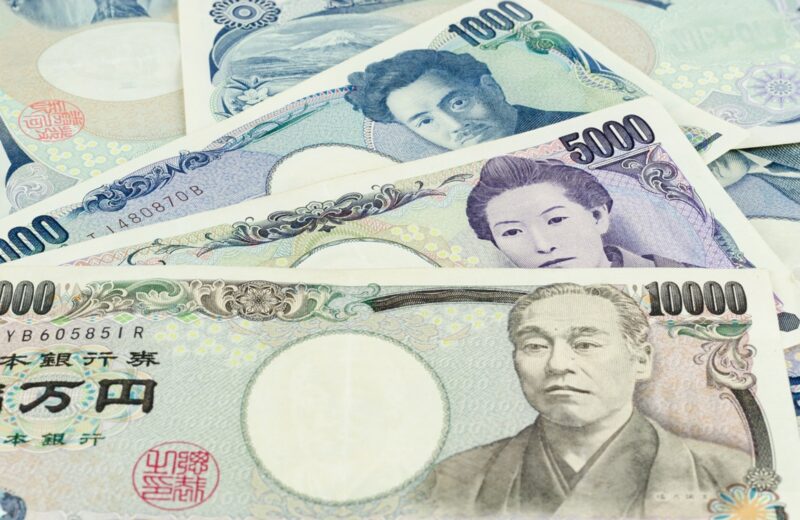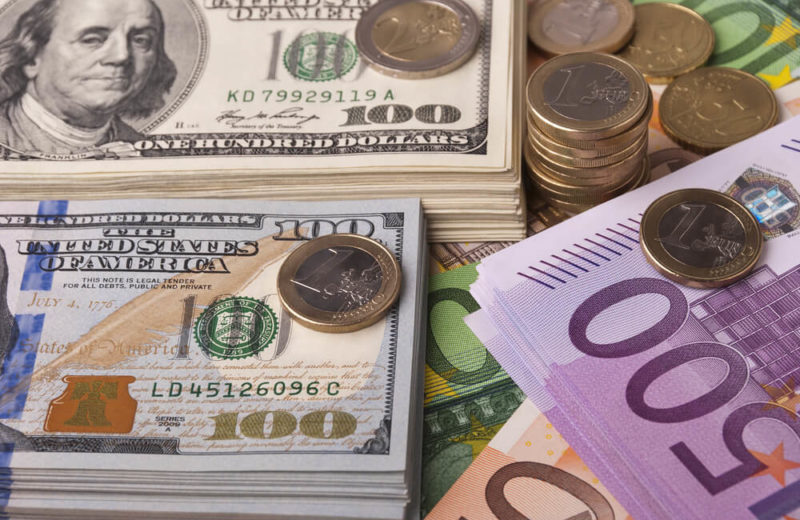The dollar whacked by weak U.S. data and trade tensions.
RBA keeps rates on hold, so Aussie extends rebound.
By latest poll on Conservative lead the sterling buoyed.
On Tuesday, the Japanese yen and the euro made significant gains against the dollar this week because of discouraging manufacturing data and signs of news fronts in U.S. President Donald Trumps’ trade war against Brazil and Argentina.
Moves in markets of currency were broadly contained, despite investors not appearing to take much fright at the news of the US imposing tariffs on imports of Brazil’s and Argentina’s metals. And with volatility remaining low and the threat of more tariffs on European goods.
In a note, Commerzbank analyst said that there is no game-changer in the trade war. The Trump twitter posts count as background noise, and we can ignore it, adds the analyst.
The uncertainty rises about what will happen in mid-December because everything seems possible again between two opponents. It is near the time of the deadline when the US is set to apply even more tariffs on Chinese imports.
The Dollar Versus Euro

From a three-week low against the dollar of $1.0981 on Friday, the euro recovered and moved as high as $1.1091. It was flat on Tuesday at $1.1076.
Most of its gains held the yen, a reversal from a six-month low plumbed before Trump’s tariff announcements. Down from Monday’s 109.73, the dollar last traded at 109.08 yen.
Analysts said that more concern for the dollar’s fortune is Monday’s weak manufacturing data for the US economy.
The Institute for Supply Management of the US said that indicators of the national factory activity fell 0.2 points to a below-forecast 48.1 in November. Also, the construction spending declined as an investment in private projects tumbled in October.
The news was surprising for economists who said that recent US growth rose.















